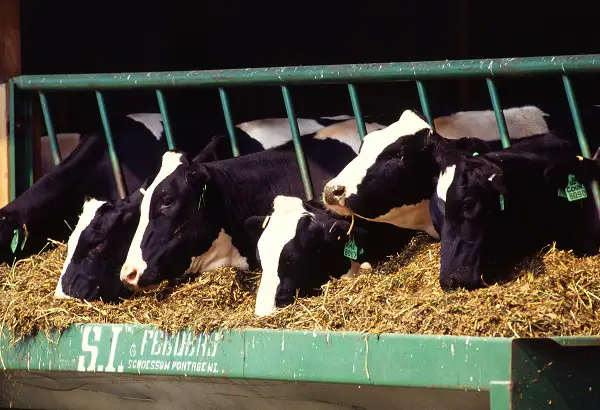Activists everywhere are taking aim at the infamous TTIP including the famed TV chef Jamie Oliver, and for good reason: there’s a very real chance that the agreement could force unhealthy American style food on the world in general.
Many people report stomach aches and other ailments they suffer from in America are remedied when visiting other countries, even when eating out. But now that luxury could be in jeopardy thanks to a massive “free trade” agreement being pushed in secret.
If the TTIP (learn more here) does in fact pass there are myriad things from America banned in Europe that could make their way across the pond. Not good news for our clean food-loving friends…
Six Nasty Chemical Foods the TTIP Could Allow
1. Hormone-laced beef- Beef from animals pumped with hormones was banned in Europe including Britain due to a cancer risk, especially breast cancer according to this article from the Daily Mail, in 1989.
2. Antibiotic-pumped chickens- Used for speeding up growth, even the most unhealthy U.S. restaurant chains are now banning antibiotics. But the process along with using chlorine washes on chickens have both already been banned in Europe.
3. Artificial Colors- Tartrazine and sunset yellow are among the colors linked to hyperactivity in kids and other ailments that could be allowed into the UK if the TTIP goes through.
4. GMOs- Giving companies the ability to sue foreign governments is just one way the TTIP could level the playing field for companies that want to get GMOs into Europe once and for all (cough, Monsanto). Once this happens it will be a huge boon for the company as activists will no longer be able to showcase Europe as an example of a place where the highly controversial crops are mostly not grown or consumed.
5. Pesticides- Harsh agricultural chemicals like atrazine and even bee killers like neonicotinoids are banned in Europe but the TTIP could lead to a change down the line potentially.
6. Hormones in dairy- Monsanto’s bovine growth hormones have been linked to cancer in humans and such products were banned in Europe in 2000.
Unfortunately, all of these changes could undermine not just the free food movement in Europe but also the one back home in the United States, since activists would lose key talking points in the ongoing information battle to keep dangerous chemicals and production methods out of our food.
For more info see the original article here, and don’t forget to like us on Facebook here.
Thanks for installing the Bottom of every post plugin by Corey Salzano. Contact me if you need custom WordPress plugins or website design.





